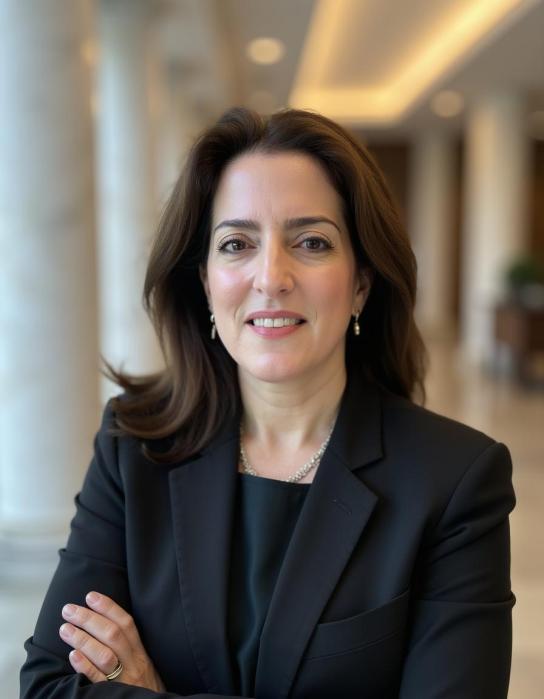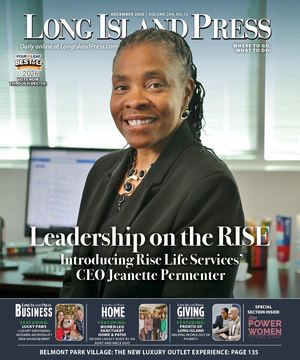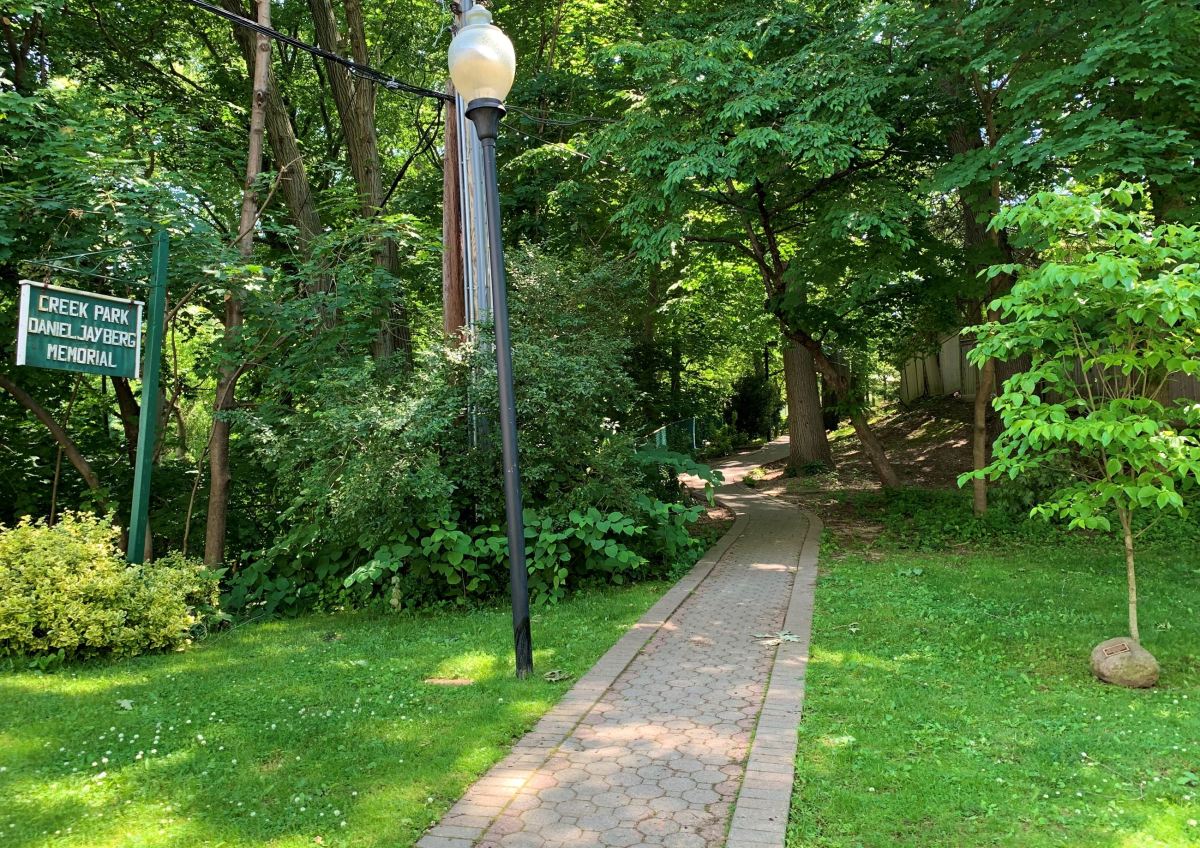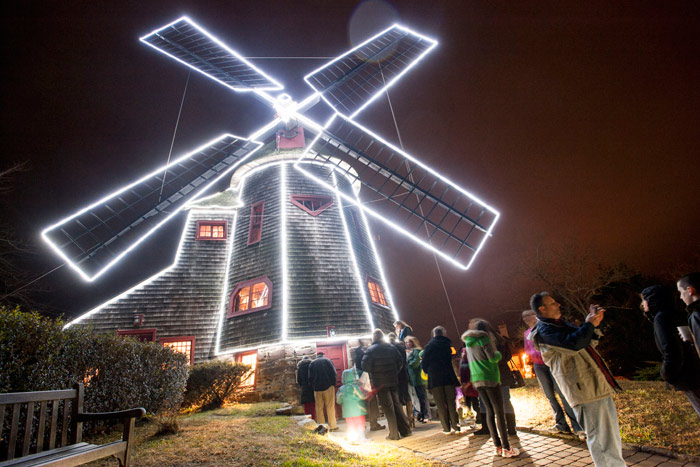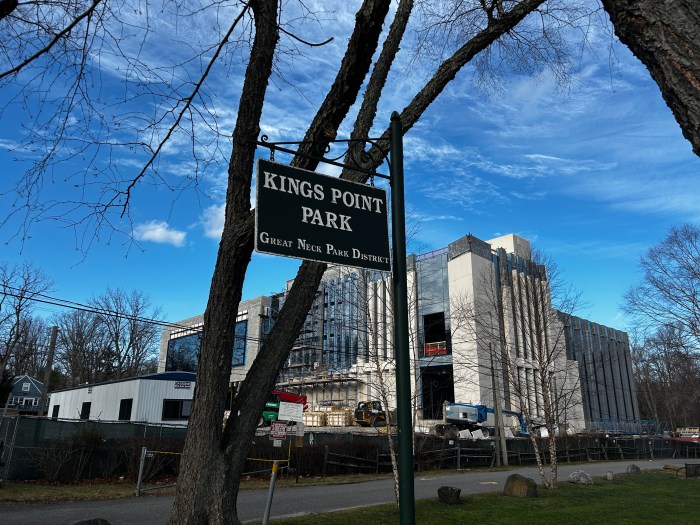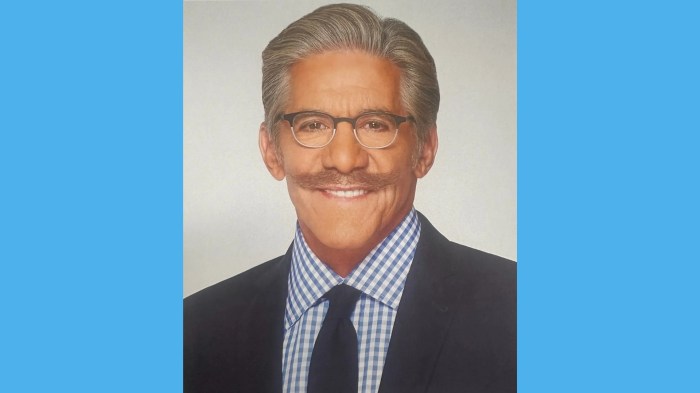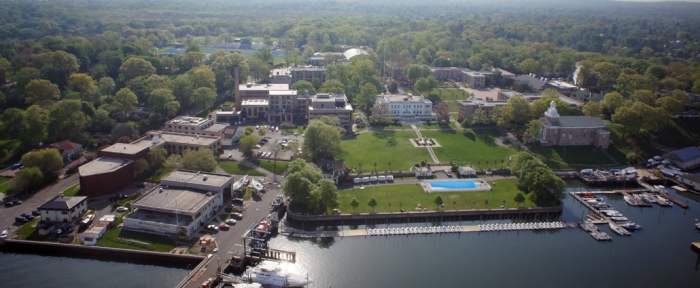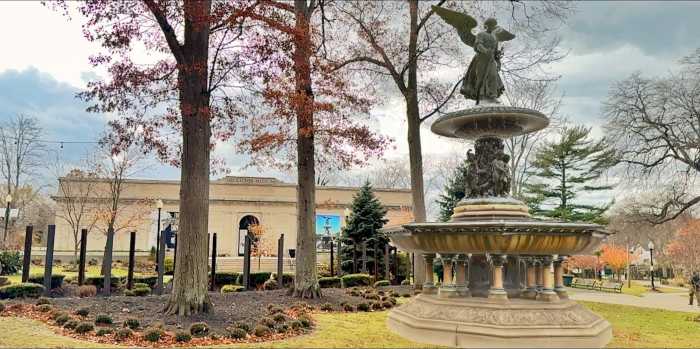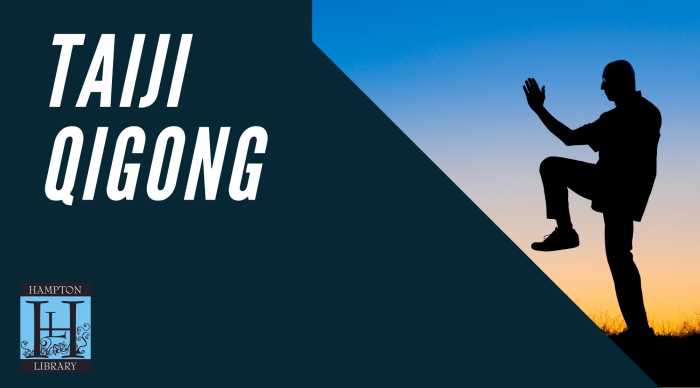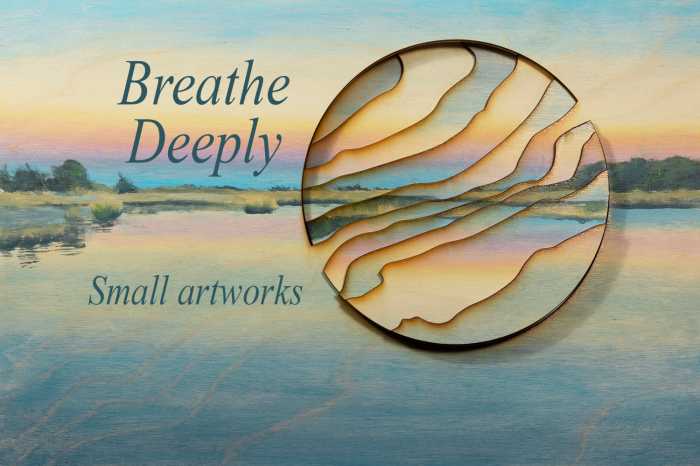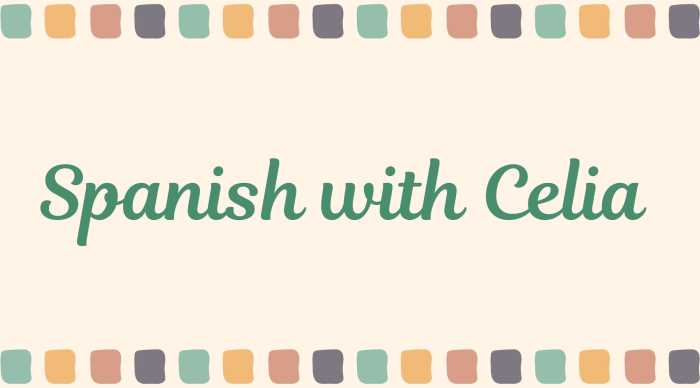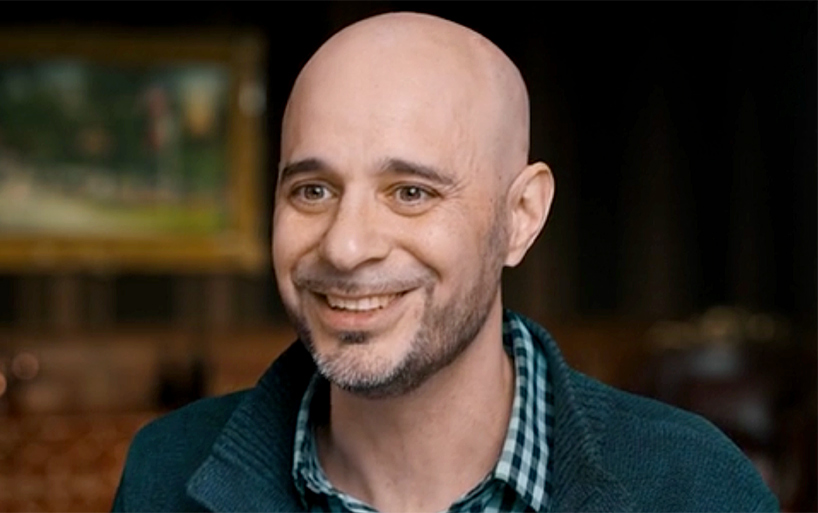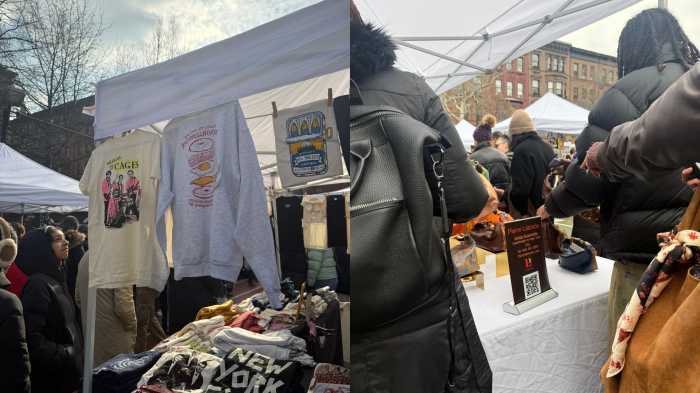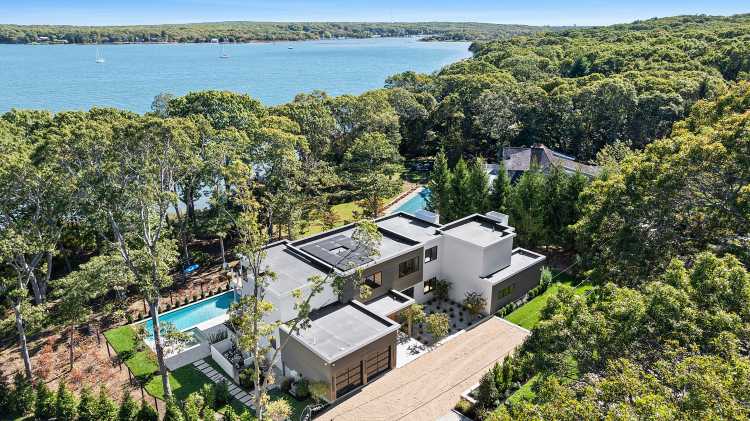Let’s be honest: If the American Dream had GPS, it would declare, “You have reached your destination” at 11021-11024. And if it had a flavor, it would probably be a GOAT mix of matzo ball soup, scallion pancakes, and saffron crispy rice.
Great Neck is a place where new and long-established immigrant narratives interweave multi-generations, across a peninsula of evolving traditions.
We are home to top-ranked public schools, acclaimed libraries and bucolic waterfront parks. We enjoy a quick commute to New York City. But also, some of the most passionately debated questions of our time, like:
- “Who has the crispiest tahdig?”
- “Which Lunar New Year dance had more sequins this year?”
- “Is that a new kosher sushi place next to that new lash place?”
The truth is, no one walks down Middle Neck Road without passing a dozen accents, a few sidewalk debates about the best bagel, and at least three proud grandparents declaring loudly to a cashier: “My grandson just got into Cornell, but he really wanted MIT!”
Strolling through the centuries, our town has transformed dramatically —from Native American homelands to colonial farms, to an affluent commuter suburb. In the Roaring Twenties, Great Neck was the backdrop for F. Scott Fitzgerald’s “The Great Gatsby”—“West Egg”—symbolizing its allure for newly wealthy Americans.
The Chrysler Estate, now the U.S. Merchant Marine Academy, and the Phipps Estate, the headquarters of the Great Neck Public Schools, are two fine examples. Great Neck also became a refuge for Eastern European Jewish immigrants, who laid the foundation for vibrant religious and civic life here.
Think Old Mill Road with our original three-in-a-row houses of Jewish worship. Over the decades, Great Neck has welcomed new waves of immigrants, each seeking opportunity, community, and, yes, faith-ful spirituality.
- 1980s: Many Persian Jews fleeing post-revolution Iran settled here, establishing synagogues, schools, and cultural organizations.
- From the late 1990s onward, East Asian families, particularly Chinese and Korean, moved to Great Neck, drawn by its top-tier public schools and quality of life.
- Post 2000s: Russian-speaking Bukharian and other Sephardic/Mizrahi Jews have joined the community, enriching the cultural tapestry and expanding religious life.
Today, we are undoubtedly a dynamic multi-culti enclave and quite a tribal bunch. Across waves of change—whether Washington Heights or Tehran (or Mashad), Beijing or Ukraine—families have come to Great Neck in pursuit of great promise, for safety, serenity, and a path to prosperity.
The Public Square: A Living Room for the Peninsula
At the heart of our nine villages lies a shared public square—not defined by a singular plaza but by gathering spaces like the Village Green, Great Neck House, libraries, parks, and the downtown corridor of Great Neck Plaza.
- Great Neck House, a former library turned community center, embodies this idea. It sprang from a stipulation that the space must remain for public use, and now hosts everyone: from preschoolers and seniors to festival-goers and newcomers.
- The Village Green and many local parks scattered throughout the nine villages operated by the Great Neck Park District, offer year-round recreation and connection for individuals and families of all backgrounds.
- Great Neck Plaza is our town’s downtown commercial district. It first served estate staff and commuters but today, it serves as a shared marketplace: specialty shops (Lazars, Kron, Terracotta), kosher eateries (Pasha, Krizia, Noir, Bravo, LaPizzeria, Dagim, Paprika, Colbeh, Chattanooga, Grill Time) stand alongside Asian restaurants (Nu Fun Run, Shoshaku, Soku, Daruma, Chez Kama) and global cafés (JayDSiri, Homemade Taqueria, Rothchilds, LOLA). Here, “town” is where different traditions meet (clash?) in commerce. In the O.G days, ten and twenty years ago, strolling through Great Neck Plaza was a beloved pastime. Today, there are many walkers uptown, in Great Neck Village, which has become a vibrant hub of its own.
Throughout the peninsula, our communal spaces are more than architecture—they’re the social fabric of Great Neck: where Persians, Israelis, Russian speakers, Chinese, and other unclassified or unclassifiable individuals associate. There are intercultural meals and festivals, school events and lectures that draw big crowds, indoors and out. For many, these are the places where the “American dream” of belonging, opportunity, and shared community truly comes to life.
Great Neck is not a melting pot. We are not delulu– that is not kumbaya you hear in the streets.
We are more like a bussin hot pot, a savory choresht, a fragrant plov if you will. We keep adding ingredients, and somehow, everything makes it better. (tbh, we still need more retail mix)
So next time someone says the American Dream is fading, take them for a walk down Middle Neck Road. Show them a dumpling, a dance recital, and a proud parent yelling into their phone: “He got into Cornell, but MIT is still waitlisting, hot damn!”
So, that is our flex: We might come from everywhere, and we may kvetch about here, but we’re staying put. Together. Destination? Great Neck.
